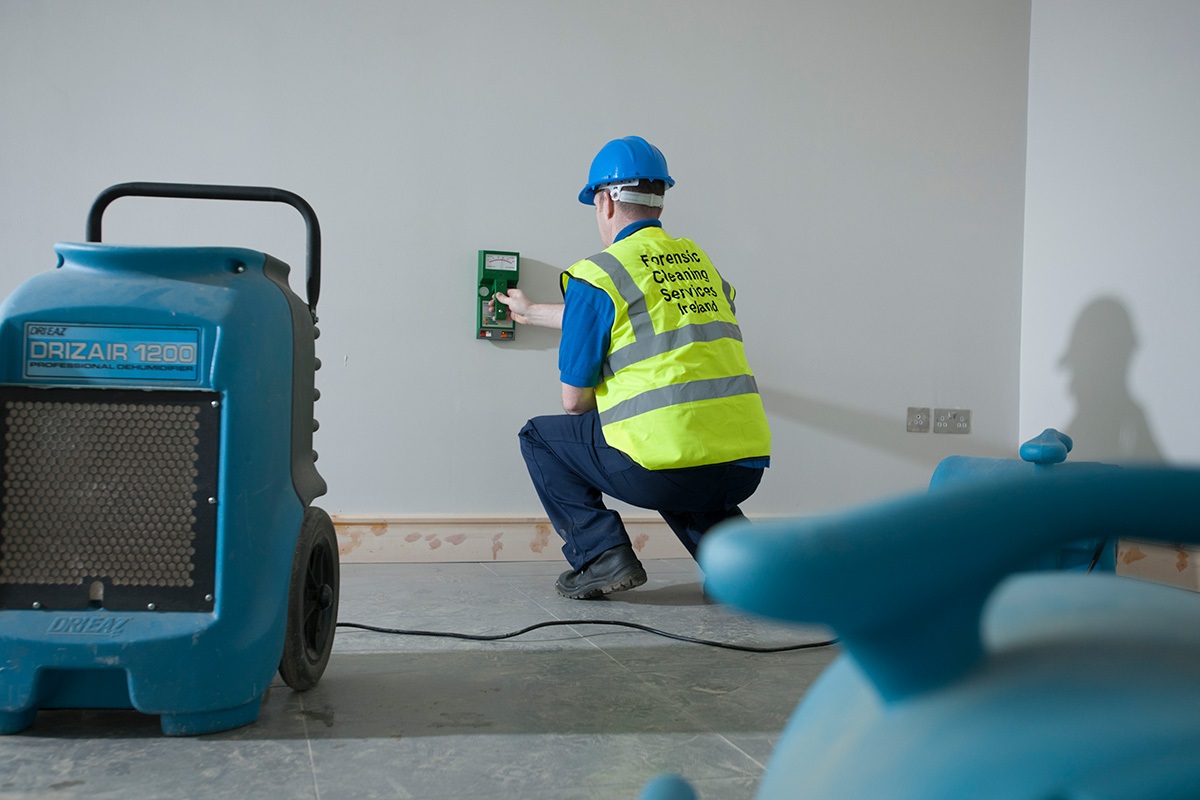When a home or business suffers water damage, quickly drying out the property is crucial to prevent further issues like mold growth. While some drying can be attempted with fans and household dehumidifiers, professional water mitigation contractors have industrial drying equipment that restores properties much more quickly and thoroughly. Their specialized gear dries even severely flooded structures faster, ultimately speeding the restoration process in Orlando.
-
Truck-mounted extraction systems
These powerful vacuum systems rapidly extract standing water from flooded properties. Mounted on a service truck outside, they provide powerful suction through hoses to remove pooled water from floors, carpets, and other surfaces much faster than household wet/dry vacs. Fast water removal is the first step in restoration.
-
Air movers
Also called air scrubbers or evaporators, high-powered air movers accelerate drying times remarkably. Strategically placed, they drive targeted air flows across wet surfaces. The high volume and velocity of airflow speeds evaporation from floors, walls, and contents. Air movement significantly cuts drying times compared to relying just on dehumidification.
-
Dehumidifiers
Large-capacity industrial dehumidifiers are a key piece of drying equipment. By removing moisture from the air, they facilitate faster evaporation from wet materials. Units with drying capabilities condense and collect water vapor for removal rather than just recirculating air. Keeping the humidity low prevents remaining moisture from being reabsorbed into drying surfaces click for more damagecontrol-911.com/.
-
Thermo-hygrometers
These devices monitor both temperature and humidity/moisture content in the air and materials. They allow technicians to strategically adjust equipment to optimal drying conditions. Once the humidity reaches appropriate levels, thermo-hygrometers confirm materials have reached sufficiently dry moisture content before reconstruction begins.
-
Infrared cameras
Infrared thermal imaging cameras are used to locate hidden moisture that the naked eye cannot see. Cooler areas in thermal scans indicate higher moisture content. Cameras guide technicians to problem spots and verify thorough drying. Infrared scanning is faster and more accurate than random moisture meter testing.
-
Moisture meters
Pen-style moisture meters take readings by measuring electrical resistance. Technicians test surfaces in a grid pattern to map moisture distribution. Specific moisture thresholds are reached before an area is considered dry. Meter scanning ensures no overlooked wet spots remain. Meters also confirm drying equipment can be turned off without moisture rebounding.
-
Desiccant dehumidifiers
In tight areas like crawlspaces and walls, desiccant dehumidifiers actively pull moisture from the air. Equipment blows air over desiccant beads/packets that absorb moisture. Air circulation continuously brings moist air into contact with the drying desiccant. For drying hidden cavities household dehumidifiers cannot reach, desiccants are invaluable.
-
Air scrubbers
Air scrubbers are heavy-duty air filtration systems used throughout water damage restoration. They circulate air while trapping particles like dust and mold spores in commercial-grade HEPA filters. Scrubbers prevent airborne mold spread during remediation and also remove odors. Their powerful airflow also helps accelerate surface drying.
-
Ozone generators
Water damage encourages microbial growth and unpleasant lingering odors. Industrial ozone generators actively treat the air to remove odors permanently rather than just masking them. Ozone oxidizes chemical odor molecules, leaving fresh, odor-free air behind. Ozone treatment restores indoor air quality and eliminates odors faster.




